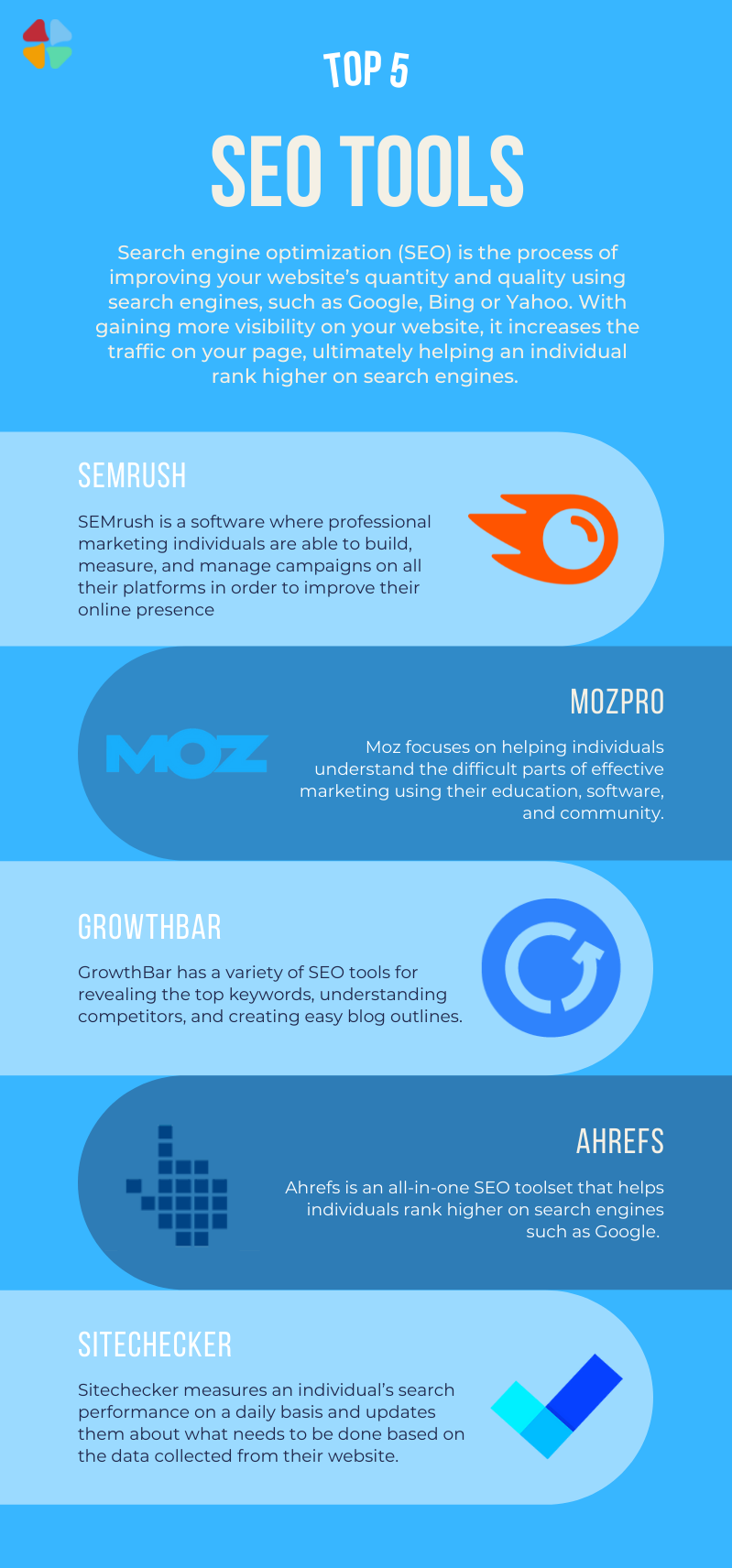Beginner’s Guide to On-Page SEO: Essentials for 2024
In the ever-evolving world of digital marketing, on-page SEO remains a cornerstone of effective search engine optimization. As we dive into 2024, understanding the essentials of on-page SEO is more crucial than ever. For beginners, the concept may seem daunting, but breaking it down into manageable components can simplify the process and set a strong foundation for your website’s success. This guide will walk you through the key elements of on-page SEO and offer practical tips to optimize your content for better visibility and engagement.
What is On-Page SEO?
On-page SEO refers to the strategies and practices implemented directly on your website to improve its search engine rankings. Unlike off-page SEO, which involves external factors like backlinks and social media presence, on-page SEO focuses on optimizing individual pages to make them more search engine-friendly and user-centric.
Key Elements of On-Page SEO
- Title TagsTitle tags are one of the most critical on-page SEO elements. They appear as the clickable headlines in search engine results and should accurately reflect the content of your page. In 2024, a compelling title tag should be:
- Relevant and Descriptive: Ensure it clearly describes the page content.
- Keyword-Rich: Include primary keywords naturally without stuffing.
- Concise: Aim for 50-60 characters to avoid truncation in search results.
- Meta DescriptionsMeta descriptions are brief summaries that appear below the title tag in search results. While not a direct ranking factor, a well-crafted meta description can improve click-through rates (CTR). For 2024:
- Engaging and Informative: Provide a clear, enticing overview of the page content.
- Include Keywords: Use primary keywords, but prioritize readability.
- Optimal Length: Keep it between 150-160 characters.
- Header Tags (H1, H2, H3, etc.)Header tags structure your content, making it easier for users and search engines to understand the hierarchy and flow of information. The H1 tag should be reserved for the main title of your page, while H2 and H3 tags can be used for subheadings. Here’s how to use them effectively:
- H1 Tag: Use one H1 per page, including your primary keyword.
- H2 and H3 Tags: Utilize these for subheadings and secondary points, incorporating related keywords.
- URL StructureA clean, descriptive URL structure helps both users and search engines understand the page content. To optimize your URLs:
- Keep It Short and Descriptive: Include primary keywords and avoid unnecessary words or characters.
- Use Hyphens to Separate Words: Hyphens are preferred over underscores for readability.
- Content Quality and KeywordsHigh-quality content is the cornerstone of effective on-page SEO. To enhance your content:
- Keyword Research: Identify relevant keywords and phrases your target audience is searching for.
- Natural Integration: Incorporate keywords naturally throughout your content, including in the introduction, body, and conclusion.
- Value and Relevance: Provide valuable, informative content that addresses user intent and solves their problems.
- Internal LinkingInternal links connect different pages within your website, helping search engines crawl and index your content more effectively. They also improve user experience by guiding visitors to related content. Best practices include:
- Link to Relevant Pages: Use descriptive anchor text that tells users what to expect.
- Avoid Over-Linking: Too many links can be overwhelming and may dilute the value.
- Image OptimizationImages can enhance user experience but need to be optimized to improve page load speed and SEO. To optimize images:
- Use Descriptive File Names: Include relevant keywords in your image file names.
- Add Alt Text: Provide descriptive alt text that conveys the image content and includes keywords when appropriate.
- Compress Images: Reduce file sizes to improve load times without sacrificing quality.
- Mobile FriendlinessWith mobile devices accounting for a significant portion of web traffic, ensuring your site is mobile-friendly is crucial. Google’s mobile-first indexing means your mobile site’s performance can impact rankings. To enhance mobile friendliness:
- Responsive Design: Use a design that adapts to different screen sizes and devices.
- Fast Load Times: Optimize images and scripts to reduce load times on mobile devices.
- Easy Navigation: Ensure buttons and links are easy to click and menus are user-friendly on smaller screens.
- Page SpeedPage speed affects both user experience and search engine rankings. A slow-loading page can lead to higher bounce rates and lower rankings. To improve page speed:
- Minimize HTTP Requests: Reduce the number of elements on your page.
- Enable Caching: Use browser caching to speed up load times for repeat visitors.
- Use a Content Delivery Network (CDN): Distribute your content across multiple servers to reduce load times.
Conclusion
Mastering on-page SEO in 2024 involves understanding and implementing various strategies to optimize your website for both users and search engines. By focusing on title tags, meta descriptions, header tags, URL structure, content quality, internal linking, image optimization, mobile friendliness, and page speed, you can enhance your website’s visibility and user experience. Remember, SEO is a continuous process, and staying updated with industry changes and best practices will help maintain and improve your rankings over time. Start with these essentials, and you’ll be well on your way to mastering on-page SEO and achieving online success.
We offer Web Design, Google Virtual Tour, SEO, Social Media Marketing and PPC services.
Here are some of our projects:
https://cjdrain.com/
https://baystateroofingmasonry.com/
https://www.hitechdriver.com/
https://hitechdentist.ca/






